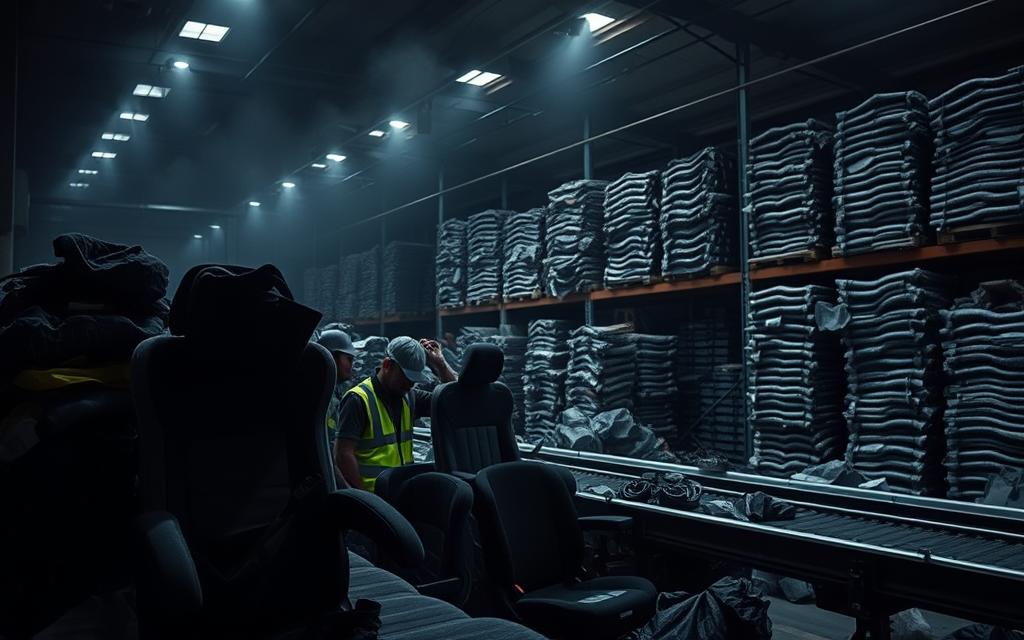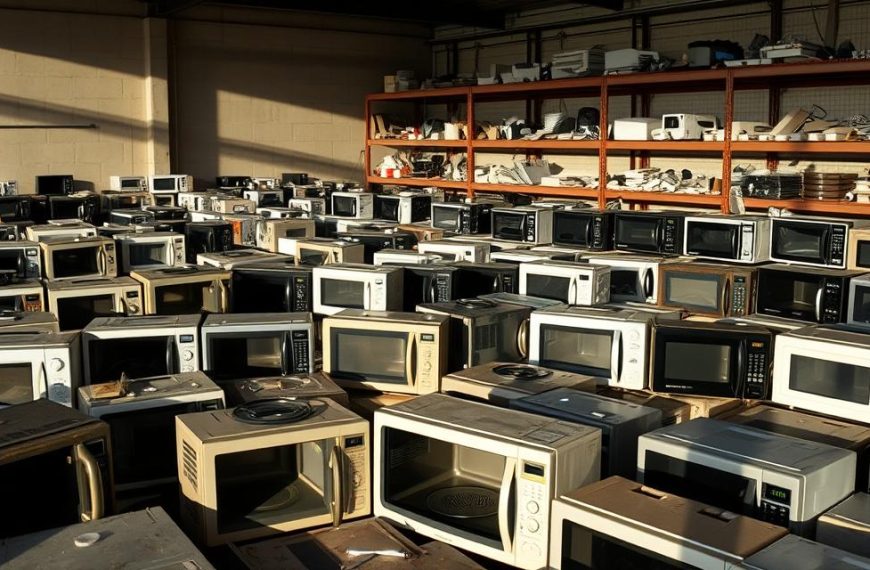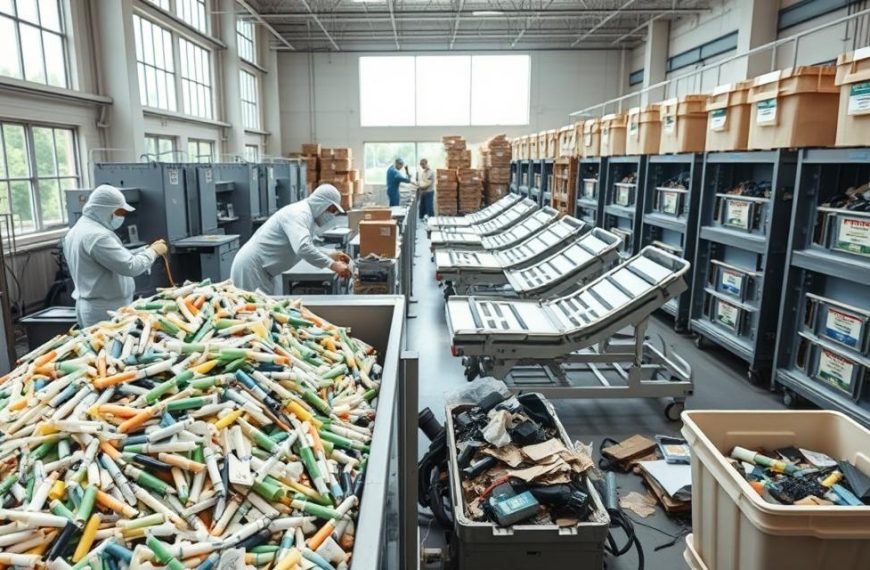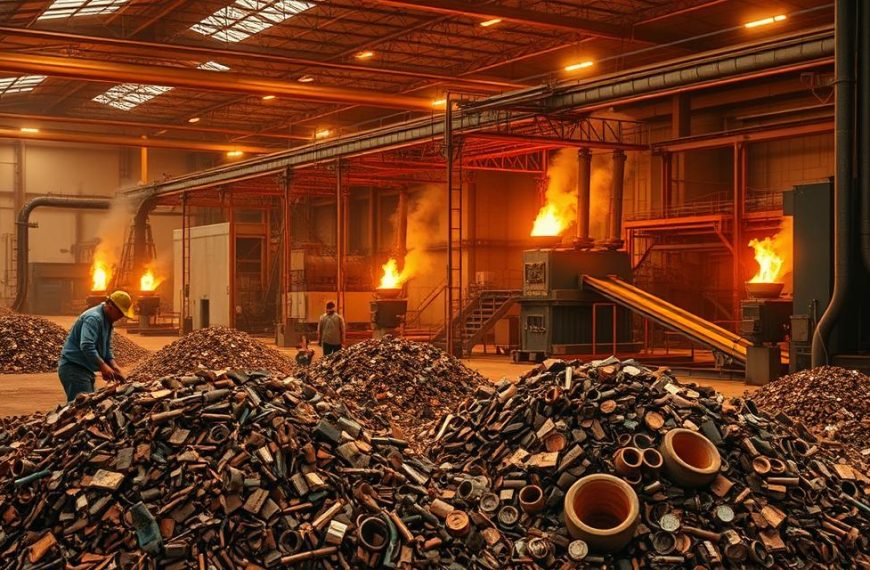Every year, 4 million babies are born in the U.S., and each child typically uses a car seat for 8+ years. However, millions of these seats end up in landfills due to expiration, crashes, or recalls. This creates a significant environmental challenge.
Car seats have a limited lifespan, usually between 6 to 10 years. After this period, they may no longer provide adequate safety. Damaged or expired seats often contain non-recyclable materials like plastic and metal, which take centuries to decompose.
Improper disposal of old car seats poses risks to the environment and public health. Angelica M. Baker, a Child Passenger Safety Technician at Phoenix Children’s Hospital, emphasizes the importance of proper disposal to prevent hazards. Fortunately, there are effective solutions available, including recycling programs and manufacturer initiatives.
Why Recycling Car Seats is Essential
Millions of child restraints are discarded annually, contributing to environmental strain. These items contain non-biodegradable materials like polypropylene plastic, steel frames, and EPS foam. When improperly disposed of, they persist in landfills for centuries, exacerbating waste management challenges.
The Environmental Impact of Car Seat Waste
Car seats are made from hard plastic, foam, and metal parts, which are not easily recyclable. According to a Safe Ride 4 Kids report, 90% of these items end up in landfills. This creates a significant environmental burden, as these materials take hundreds of years to break down.
Safety Concerns with Expired or Damaged Car Seats
Exposure to UV rays and heat can degrade plastic over time, compromising the structural integrity of the seat. Additionally, invisible damage from crashes can make these restraints unsafe for use. The National Highway Traffic Safety Administration (NHTSA) mandates replacement after accidents to ensure child safety.
Legal and Ethical Reasons to Recycle
While there are no federal laws against using expired seats, 46 states require child restraints. Ethically, proper disposal prevents unsafe seats from being reused. A Safe Kids case study highlights the dangers of dumpster-diving for these items, which can lead to severe injuries.
“Proper disposal of child restraints is not just a legal obligation but a moral one. It ensures the safety of children and protects the environment.”
| Material | Impact |
|---|---|
| Polypropylene Plastic | Persists in landfills for centuries |
| Steel Frames | Non-biodegradable, contributes to waste |
| EPS Foam | Breaks down slowly, releasing harmful chemicals |
Where Can You Recycle Car Seats?
Many options exist for handling expired or damaged child safety items. From local facilities to national initiatives, there are ways to ensure these items are disposed of responsibly. Below, we explore the resources available to help you make an informed decision.
Local Recycling Programs and Facilities
Local recycling centers often accept child restraints for proper disposal. Contact companies like WM or Republic Services to check curbside pickup eligibility. Additionally, Earth911’s ZIP code search tool can help locate nearby facilities.
State-Specific Recycling Initiatives
Some states have unique programs to address this issue. Colorado’s DOT offers over 12 drop-off locations, while California’s Car Seat Recycling Act provides incentives for proper disposal. These initiatives make it easier for residents to participate in responsible practices.
National Car Seat Recycling Resources
National programs like TerraCycle’s Walmart partnership and Target’s semi-annual events provide convenient options. Clek also offers year-round mail-in kits for a $25 fee. These resources ensure that old restraints are handled safely and sustainably.
“State and national programs play a vital role in reducing waste and protecting children. Every effort counts.”
| Resource | Details |
|---|---|
| Earth911 | ZIP code search for nearby facilities |
| Target | Semi-annual recycling events (April/Sept) |
| Clek | Year-round mail-in kits ($25 fee) |
Car Seat Trade-In Programs: A Convenient Option
Trade-in programs offer a practical solution for disposing of old child restraints responsibly. Many stores and manufacturers now provide initiatives to make this process easier. These programs not only help reduce waste but also offer incentives like discounts and gift cards.
Target’s Car Seat Trade-In Event
Target hosts a semi-annual car seat trade-in event, typically in April and September. During the 2024 event, participants can bring any seat or base to guest services. In return, they receive a 20% off coupon for baby gear, valid through May 24th.
Walmart’s Recycling Program with TerraCycle
Walmart has partnered with TerraCycle to offer a nationwide recycling initiative. This program accepts stained or expired items, providing a $30 gift card as store credit. It’s a convenient way to handle old restraints while benefiting from the incentive.
Manufacturer Recycling Programs
Many manufacturers have their own recycling initiatives. Britax’s Take-Back Program and Graco’s Recycle Rally partnerships are excellent examples. Clek also offers prepaid UPS labels for cross-brand recycling, accepting all types of restraints.
Pro Tip: Combine trade-ins with Child Passenger Safety Week in September for additional discounts. This approach maximizes both savings and environmental impact.
| Program | Details |
|---|---|
| Target Trade-In | 20% off baby gear coupon, April 14-27, 2024 |
| Walmart/TerraCycle | $30 gift card, nationwide 2024 partnership |
| Clek Mail-In | Prepaid UPS labels, accepts all brands |
Conclusion: Making the Right Choice for Your Old Car Seat
Proper disposal of child safety items is crucial for both safety and the environment. Before considering disposal, ensure straps are cut and recalls are checked. This prevents unsafe reuse and protects children.
Several options exist for handling expired or damaged items. Local facilities, retail trade-ins, and manufacturer mail-ins all provide sustainable solutions. Each method helps divert waste, with one recycled car seat preventing 30 lbs of landfill material.
For guidance, use resources like Chicco’s disposal guide or Safe Ride 4 Kids’ directory. These tools simplify the process and ensure compliance with expiration date and safety standards.
Remember, never donate crashed or expired items. Doing so poses legal risks and endangers others. By choosing the right disposal method, you contribute to a safer, cleaner future.
















